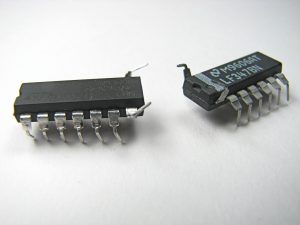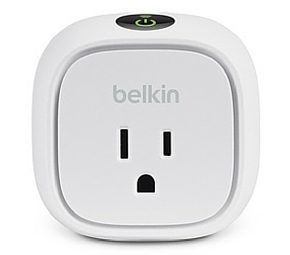The business model for smart devices in the home is shaping up to be simple and bad: cheap hardware and no service contracts. That sounds great for consumers — after all, why should I pay $100 for a smart power outlet made of a $0.40 microcontroller and a $1 relay, and why should I have to pay a monthly fee to switch it — but it is going to have serious negative ramifications.
Let me start by saying that many bits have already been spilled about basic IoT security:
- making sure that messages sent to and from your device back to the manufacturer cannot be faked or intercepted
- making sure that your IoT device is not hacked remotely, turning it into someone else’s IoT device
- making sure that your data, when it is at rest in the vendor’s systems is not stolen and misused
As things stand, none of that is going to happen satisfactorily, primarily because of incompatible incentives. When you sell a device for the raw cost of its hardware, with minimal markups and no opportunity for ongoing revenue, you also have no incentive for ongoing security work. Or any kind of work for that matter. If you bought the device on the “razor + blade” model, where the device was cheap, but important revenue was based on your continued use of the product, things might be different.
Worse than that, however, in order to find new revenue streams (immediately, or at potential future streams), vendors have strong incentives to collect all the data they can from the device. You do not know — even when the devices are operating as designed — exactly what they are doing. They are in essence little listening bugs willingly planted all over your home, and you do not know what kind of information they are exfiltrating, nor do you know who is ultimately receiving that information.
I think there is a solution to this problem, if people want it, and it requires two basic parts to work properly:
1.
We need a business model for smart devices that puts strong incentives in place for vendors to continue to support their products. This will never happen with the cheapie Fry’s Electronics special IoT Doohickey of the Week. Instead, we probably need a real engagement with sticks (liability) and carrots (enhanced revenue) that are driven by ongoing contractual engagement. That is, money should continue to flow.
2.
We need a standardized protocol for IoT that provides for a gateway at the home, and encrypted data on both sides of the gateway, but with the gateway owner having access to the encryption keys on the inner side of the gateway. The standardized protocol would have fields for the vendor name and hosts, as well as a human readable json-style payload — and a rule that nothing can be double-encrypted in the payload, keeping it from the eyes of the user.
Under such an arrangement, users, or their gateways acting as proxies for them, could monitor what is coming and going. You could program your gateway, for example, to block unnecessary information from http messages sent by your device.
Of course, the vendors, seeing the blocked information might decide not to provide their service, and that’s their right, but at least everyone would know the score.
Will this happen? Well, I think vendors with the long view of things would probably see #1 as appealing. Users will not, perhaps. But that is because users are not fully aware of the consequences of inviting someone else to monitor their activities. Perhaps people will think differently after a few sensational misuses of their data.
Vendors will fight #2 mightily. Of course, they could ignore it completely, with the potential antidote that a large number of users who insist on it becoming excluded from their total available market. With a critical mass of people using gateways that implement #2, I think we could tip things, but it right now it seems a long shot.
I am quite pessimistic about all this. I don’t think we’ll see #1 or #2 unless something spectacularly bad happens first.
For the record, I do use a few IoT devices in my home. There are two flavors: those I built myself and those I bought. For the self-built, they exist entirely within my network and do not interact with any external server. I obviously know what they do. For those I bought, they they exist on a DMZ style network up with no access to my home network at all (at least if my router is working as intended). This mitigates the worry of pwned devices accessing my computer and files, but does not stop them from sending whatever they collect back to the mothership.



